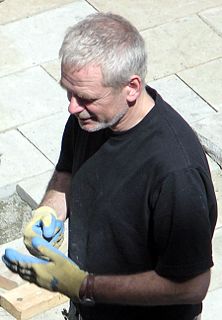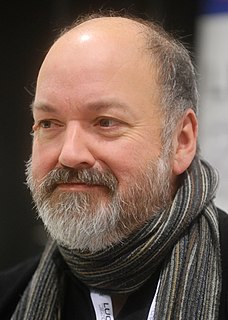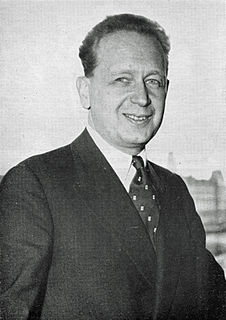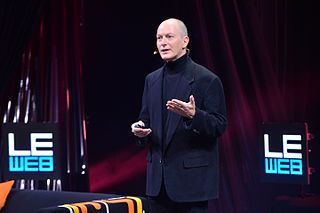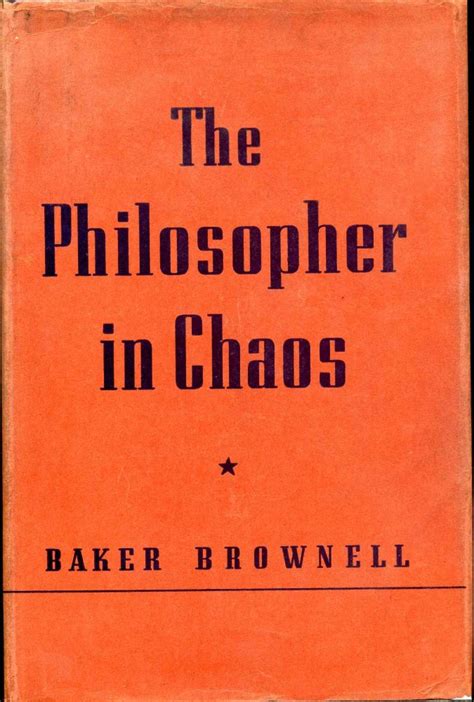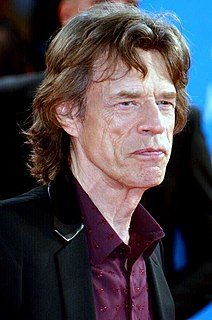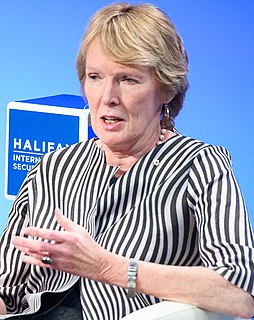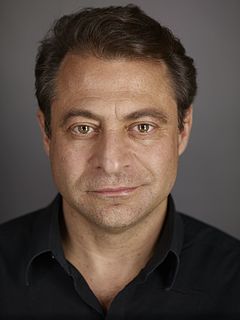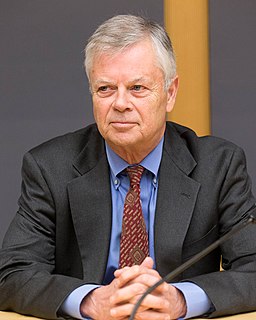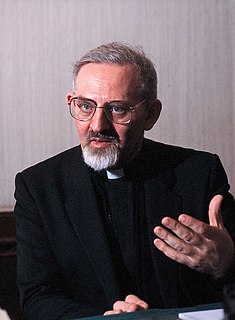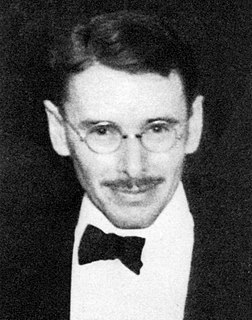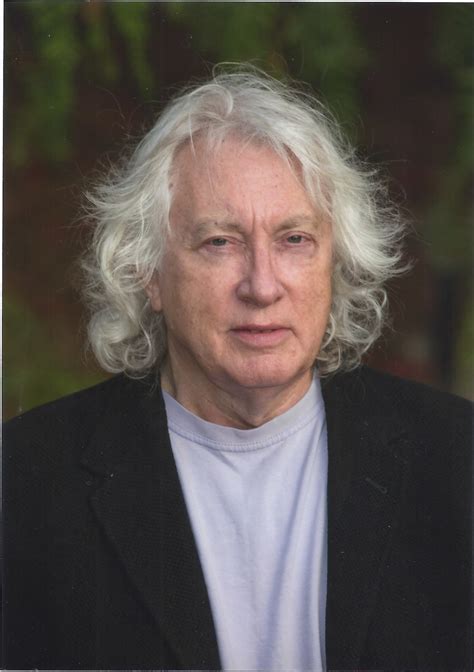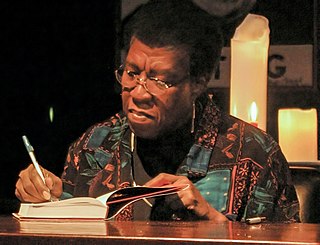A Quote by Andy Goldsworthy
My art recognizes the human place, the human context - especially in Britain, which is a landscape so worked by people for thousands of years, written, deeply ingrained with the presence of people.
Related Quotes
The human face is the most deeply ingrained image in our brains. It is the two dots and a dash we connect with as babies. It is the focus of our attention in our relationships with each other. The face and the human figure express all we are. Everything else - architecture, art, even landscape - we usually understand in relation to us.
Art arises in those strange complexities of action that are called human beings. It is a kind of human behavior. As such it is not magic, except as human beings are magical. Nor is it concerned in absolutes, eternities, "forms," beyond those that may reside in the context of the human being and be subject to his vicissitudes. Art is not an inner state of consciousness, whatever that may mean. Neither is it essentially a supreme form of communication. Art is human behavior, and its values are contained in human behavior.
The spirit of Dr. [Martin Luther] King and the thousands of people he worked with set the races on a different course in the United States... In that same spirit, we must have the courage - and teach our students the courage - to be bearers to the world of this transforming love, co-creators of a more deeply human world, collaborators with Christ in the building of God's Kingdom.
People know that both my parents were shrinks so I was sort of raised in an atmosphere where there was that interest in the human mechanism and the human psyche and what makes people tick. And yes, I think I'm particularly creative and adventurous and improvisational and spontaneous in my inner impulses and patterns and deeply curious and appetized in the unfathomably mysterious and delicious phenomena that is the human being and who we really are.
The Bible is an ancient text from an ancient context. We live thousands of miles and thousands of years away from that context, which also represents different cultures. Archaeology is a modern means of revealing both the lost record of the ancient world, and the historical and social world of the Bible. While the purpose of archaeology is not to prove the historicity of the people and events recorded in Scripture, it can help immeasurably to confirm the historical reality and accuracy of the Bible and to demonstrate that faith has a factual foundation.
One of the things that I tell beginning writers is this: If you describe a landscape, or a cityscape, or a seascape, always be sure to put a human figure somewhere in the scene. Why? Because readers are human beings, mostly interested in human beings. People are humanists. Most of them are humanists, that is.
